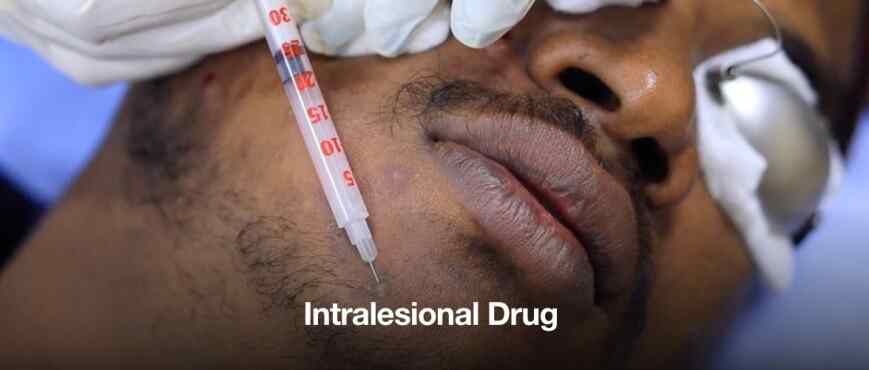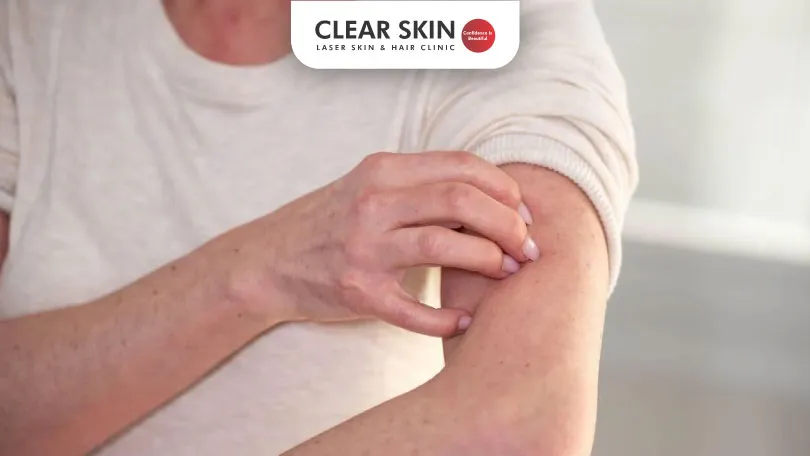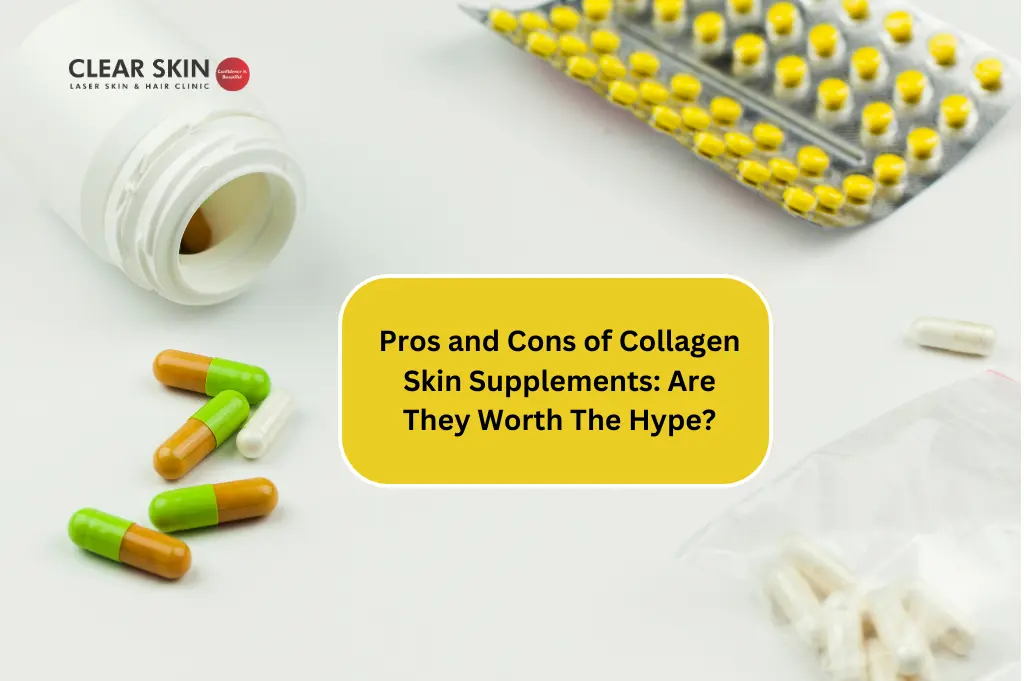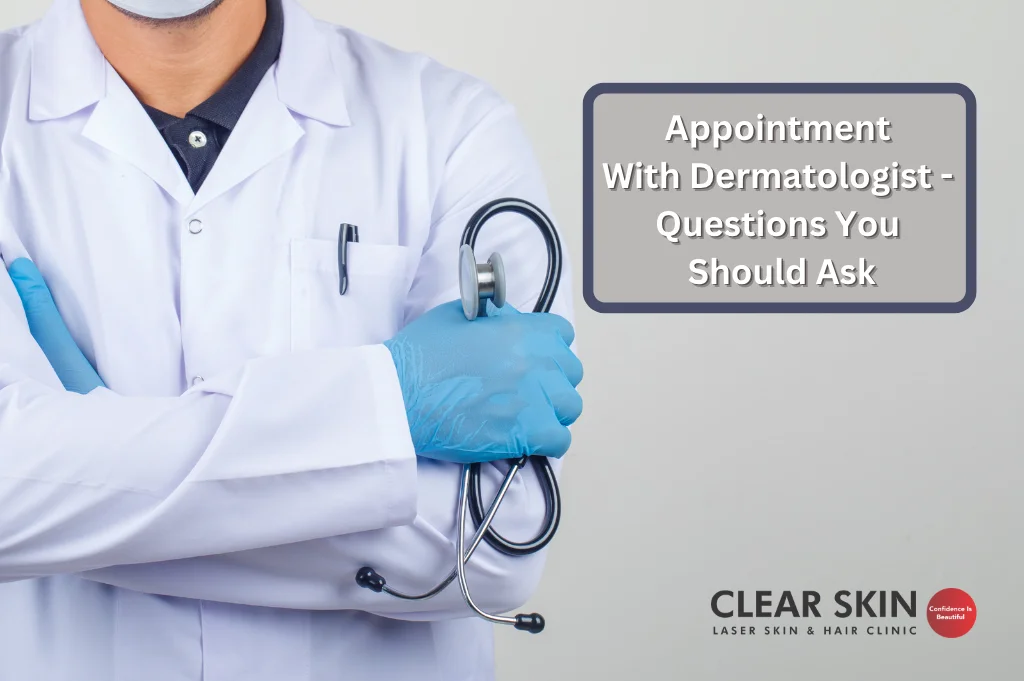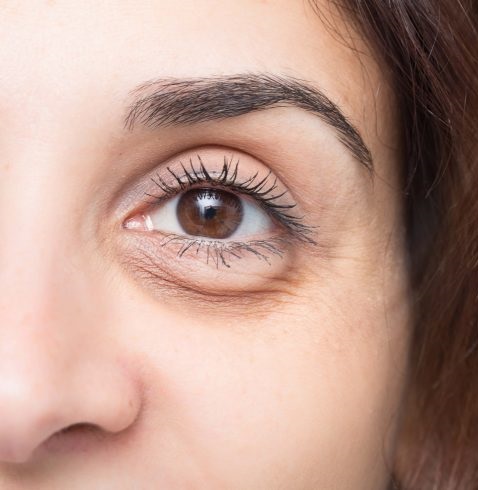Treatment
Intralesional Steroid Injection
An intralesional steroid injection is a treatment wherein a corticosteroid (steroid) is injected directly into the treatment area or immediately below the skin.
This Intralesional injection treatment can help with various skin issues. Such as:
- Keloid and Hypertrophic scars treatment
- Neurodermatitis
- Localised psoriasis on skin treatment
- Acne cysts
- Localised inflammatory skin diseases
Worried about your skin condition? Get in touch with best of our
skin specialists in Pune. For Intralesional injection treatment, book an appointment with our dermatologists near you
+919584584111
Table of Content
Intralesional injection:Benefits
How does the procedure work?
Side Effects
Intralesional injection: Benefits
This Intralesional injection treatment is beneficial because:
- It doesn’t affect the other layers of the skin
- Helps to decrease the possibility of skin thinning
However, it is important to note that intralesional steroids should not be injected at an active skin infection. In fact, they must not be used if there is a known triamcinolone allergy.
Moreover, sometimes, large doses of triamcinolone acetonide are used as an alternative to oral steroids. These are systemic Intralesional steroids injection. However, they are not suitable for all patients. For instance, patients with:
- Active tuberculosis
- Active fungal infection
- Extensive psoriasis
- Active peptic ulcer disease
- Uncontrolled diabetes
- Severe hypertension
- Severe depression or psychosis
How does the procedure work?
- Firstly, the treatment area is cleaned with an antiseptic solution or alcohol.
- Secondly, dermatologists use an intralesional steroid injection directly into the skin lesion with a fine needle.
- In fact, the initial dose per intralesional injection site will vary depending on the lesion being treated.
- It can be repeated every 4–8 weeks for a few months while the lesions are active.
Side Effects
Firstly, you should tell your doctor if you have had an allergic reaction to a steroid medication in the past.
Moreover, the side effects and risks of intralesional triamcinolone can either be early and delayed effects.
Early effects tend to be self-limited. They include:
- Pain
- Bleeding
- Bruising
- Infection
- Contact allergic dermatitis
- Impaired wound healing
- Sterile abscess
Moreover, delayed adverse effects include:
- Cutaneous and subcutaneous skin indentations or dimples around the injection sites. These can be permanent.
- White marks at the site of injection
- Post-inflammatory hyperpigmentation
- Broken red vessels at the site of injection (treatable)
- Localised excess hair growth (resolved eventually)
- Localised steroid acne (generally improves once the steroid has been stopped)
Moreover, allergic reactions are very rare and are dose-independent.
In fact, they may include local or generalised urticaria and in more severe cases, life-threatening allergic reactions.
However, there are rare situations in which some people may face potentially serious conditions such as:
- Congestive heart failure
- Decreased glucose tolerance
- Cushing syndrome
- Hirsutism
- Diabetes mellitus
- Menstrual irregularities
- Neurologic/psychiatric symptoms
- Glaucoma
- Cataracts
For treating your skin condition, feel free to get in touch with one of our best dermatologists in Pune. You can also call on +919584584111 to book an appointment at one of our skin clinics near you.


